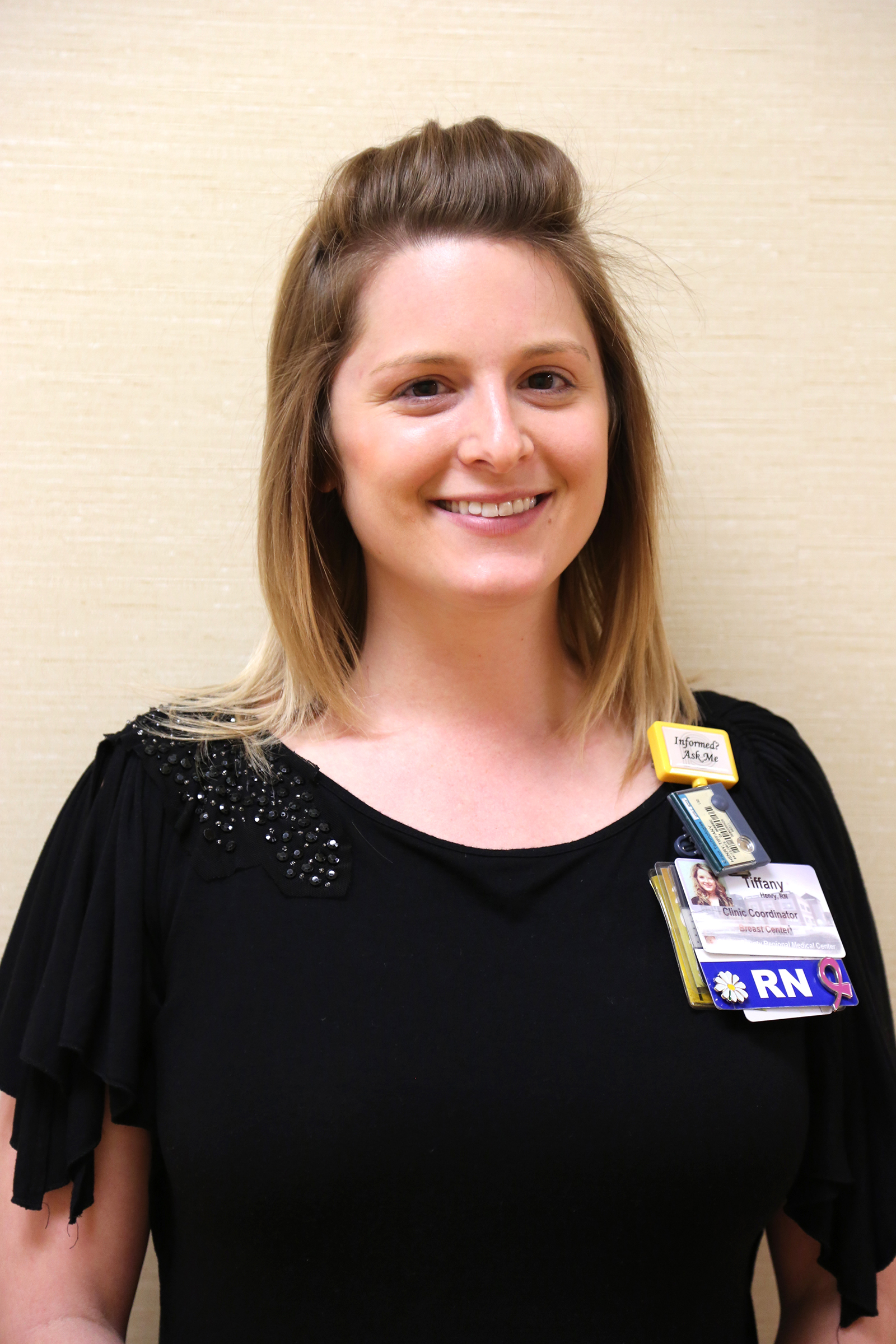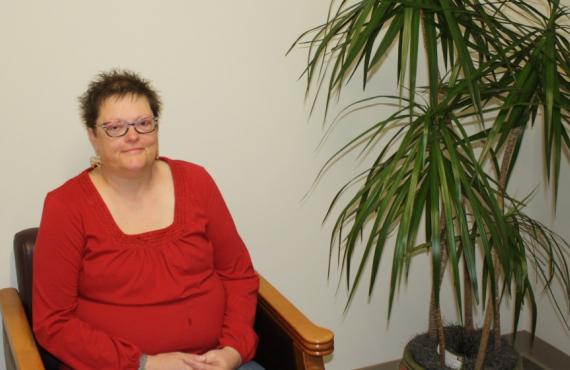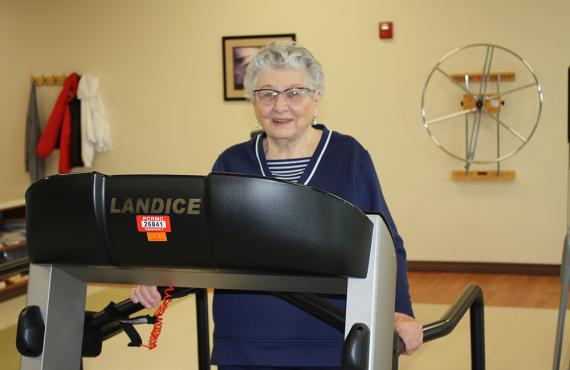Published on October 27, 2023

Read Time: 3 Minutes
Three Things to Know
- Most breast lumps are not cancerous; about 60% to 80% of breast lumps are benign.
- Cancerous breast lumps are often hard and have jagged edges. They may or may not cause pain.
- Regular breast self-awareness and following recommended screening guidelines are vital for breast health.
By Tiffany Henry, RN, BSN
Phelps Health
Finding a lump in your breasts can be concerning. A lump or mass in your breast that feels different than the surrounding breast tissue could be a sign of breast cancer, a harmless growth or a normal change in your breast due to your menstrual cycle.
While there is no way to tell if a lump is cancer, around 60% to 80% of breast lumps are benign (not cancerous or harmful).
Breast lumps can vary in size, shape and feel. Cancerous, or malignant, breast tumors are often hard and have jagged edges.

According to the National Institutes of Health, about half of all breast cancers are found in the upper, outer quadrant of the breast. However, breast cancer can be found anywhere within the breast.
Some breast lumps may cause pain, but many do not. A painful lump is not necessarily a sign of breast cancer.
While a lump is a common warning sign of breast cancer, it’s not the only one. Other symptoms of breast cancer can include the following:
- Nipple retraction or discharge
- Skin changes to the nipple, such as flaking or redness
- Skin changes to the breast, such as redness, thickening, swelling or an orange-peel-like dimpling
However, many women have no symptoms of breast cancer at all. Usually, women learn of their diagnosis through a screening test, such as a mammogram (a type of X-ray used to look for signs of breast cancer).
That’s why following recommended screening guidelines for breast cancer, along with breast self-awareness, are important for breast health.
If you’re a woman age 25 to 39, see your primary care physician or provider for your breast cancer risk assessment and breast exam every 1 to 3 years.
If you’re a woman age 40 and older and are at an average risk of getting breast cancer, make sure you are getting your yearly mammogram. If you have a family history of breast cancer, you may be at higher risk of developing breast cancer and may want to be screened earlier.
Mammograms can detect breast cancer early, before a tumor can be felt and when it’s most easily treated.
In addition, breast self-awareness, or knowing what your breasts normally look and feel like, can help you be more aware of changes in your breasts. When you do notice a change, make sure to tell your doctor, who can refer you for further testing, if needed.
Although most lumps are not cancerous, if you notice a new breast lump or change that does not go away within a week or 2 after menstruation, talk to your healthcare provider.
Because you can’t know if a lump is cancerous or not based on how it feels alone, you should contact your care team. The only way to know if you have breast cancer is through a mammogram, or other breast imaging test, or a biopsy (where a sample of the lump is taken for testing).
Learn More About Mammograms
Tiffany Henry, RN, BSN, is the Phelps Health Comprehensive Breast Center coordinator. For more information about mammograms, visit phelpshealth.org or call (573) 458-3100.

